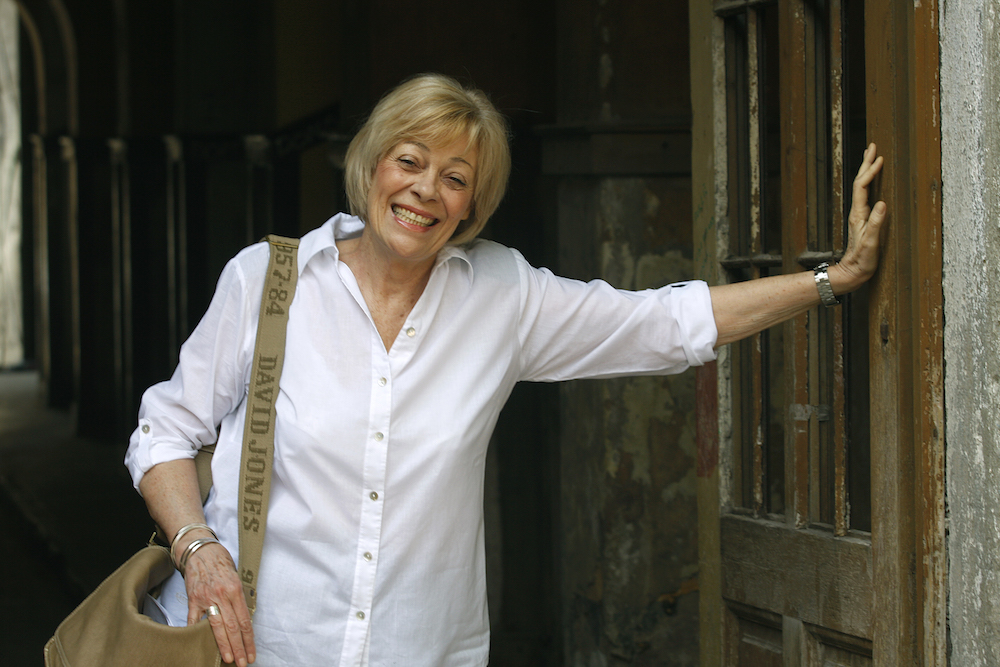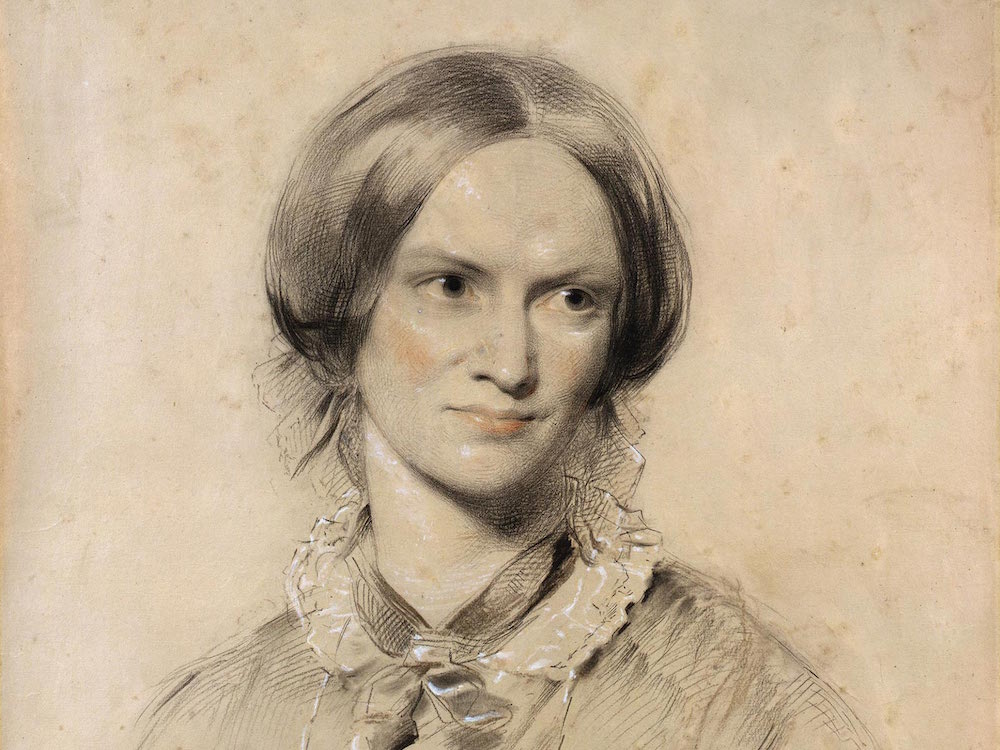Daša Drndić’s EEG is a sequel of sorts to her novel Belladonna, also translated by Celia Hawkesworth and also published by New Directions. Like Belladonna, EEG is narrated by the retired psychologist and academic Andreas Ban, and its plot consists mainly of Ban sifting through documents, photographs, ephemera, and memories related to Croatian complicity with Nazism and the Yugoslav ethnic conflicts of the nineties. A traditional plot, though, isn’t necessarily what’s important to this story; truth is. “Autobiographical books don’t exist,” Ban observes near the novel’s beginning, “autobiographies don’t exist, there are multigraphies, biographical mixes, biographical cocktails, the whole melange of a life through which we dig, which we clear out, from which we select fragments, remnants, little pieces that we stuff into our pockets, little mouthfuls that we swallow as though they were our own.” “Little pieces” make up much of the book, as seen in one section concerned entirely with listing chess players who committed suicide or who collaborated with totalitarian regimes. EEG frequently stretches the definition of the novel to devastating effect, akin to Thomas Bernhard or Elfriede Jelinek, two writers Drndić has cited as influences. “Art should shock, hurt, offend, intrigue,” she told Dustin Illingworth in a 2017 interview featured on The Paris Review Daily, “be a merciless critic of the merciless times we are not only witnessing but whose victims we have become.” Sadly, Drndić passed away last June at the age of seventy-two, but her books—concerned as they are with the crimes of the twentieth century—offer a blueprint as to what the novel in the twenty-first century could look like. —Rhian Sasseen
My current favorite Instagram account belongs to the great American photographer Stephen Shore. Shore made a name for himself as an artist in the seventies, when he pioneered the use of color film in art photography. Before then, color was thought of as mundane, the reality of the world—it was something used in family albums, by amateurs. Shore’s work has always broken down the dichotomy between pedestrian images and art photography, and with his Instagram, he furthers this deconstruction. He’s allowed to be both amateur and professional at once. Social media platforms have made it easy to capture those small moments Shore has been photographing since the start of his career—a meal before eating, feet propped on a bed, an intriguing storefront. And yet Shore’s Instagram photos are seemingly more than quick snapshots. Each image is carefully considered, a complete composition in color with no retouching, like he’s always done. There are no photos of Shore on his feed (except for one utterly charming selfie). His images, even viewed on an iPhone, compel us to think about how photographs both construct meaning and help us to see the world in new ways. In a time when much of what we see feels artificial or contrived, Shore’s account is a breath of fresh air. His work reflects the world rather than filters it. He turns the everyday into art. —Camille Jacobson
I read Jeannie Vanasco’s forthcoming memoir, Things We Didn’t Talk About When I Was a Girl, immediately upon receiving it, and although I can’t stop thinking about it, I’ve struggled to find words for a work that demands pages in response. Vanasco pieces together an account of her sexual assault—rape, she often amends—by a close friend when she was nineteen. Recalling the incident fourteen years later, she decides to contact her rapist and interview him about the assault and the dissolution of their friendship. The transcripts are brave and compelling, but it’s Vanasco’s reflections throughout that I found most striking. Conversations with her partner and friends occur around each of the interviews, and it’s through these discussions that Vanasco articulates the uncertainty in naming and reacting to her rape. She is meticulous in her decision to tell the whole of her experience, even though she notes that many components, including her conflicting emotions, defy a concise or clean narrative. But it is the miscellany, the happenings around Vanasco, that shapes her story: her female friends, who offer insights integral to her own self-reflection; her other experiences with assault and how she considers their individual and cumulative impact on her relationship to men; and the students in the creative nonfiction writing course she teaches, many of whom write about sexual assault. Throughout the book Vanasco questions her motivations, the way she shifts the scales of power in each interview to consider where we place anger, responsibility, agency, truth, and labor. Jeannie Vanasco muddles through the silt of her thoughts to create a language for something we don’t talk about. —Nikki Shaner-Bradford
When the musician Emily Wells asked me about the full-bleed image on page 124 of our Fall 2018 issue, I was curious. That page of the portfolio features a shot of Ugo Rondinone’s Seven Magic Mountains, a set of painted-rock stacks in the Nevada desert. Analyzing each of these stone towers is a bit like building a sentence—the black, blue, and neon yellow tell a different narrative than the hot pink and red do. The effect of observing them is akin to a stroll through some surreal landscape, a cluster of stories resonating off one another. When I listened to Emily’s new album, This World Is Too ____ for You, I understood why she wanted to put Seven Magic Mountains on the cover. In her multilayered compositions is the aural joy of neon triumphal swells and beautiful detail, a feeling that spills over to her lyrics and the video loops she uses in her performance, a commentary about the world and its too-____-ness (she leaves it to the listener to fill in that blank again and again as the album spins through this complicated moment). Each song is built like its own stack of stones, well crafted and craggy and overfull of color, but together, Wells’s trademark loops and ambitious string arrangements make something more: a forest of sound. —Emily Nemens
Even the greatest books, if they’re old enough, take a moment before they allow you to fully sink into their worlds. Imagine cell phones and Snapchat in sixteenth-century Verona, and Romeo and Juliet becomes very different; a certain suspension of disbelief is required. But Charlotte Brontë’s Villette, published in 1853, asks nothing of the sort; it feels timeless but incredibly current. I think this is because fundamentally, it is a book about loneliness. Lucy Snowe describes waiting weeks for a word from friends, a sign that they’re thinking of her; today she’d be waiting but also watching them on Instagram. (I don’t think Lucy would have an Instagram, but we can all agree that Graham’s would be public.) So its question is not really how to forge a path in this world, which is ostensibly what Lucy is doing; that gets done one way or another, and if you can’t forge a path, a path will be forged for you. The question Villette forces you to think about is how you face that path when you are on it alone. —Hasan Altaf
from The Paris Review http://bit.ly/2JeNtqE



Comments
Post a Comment